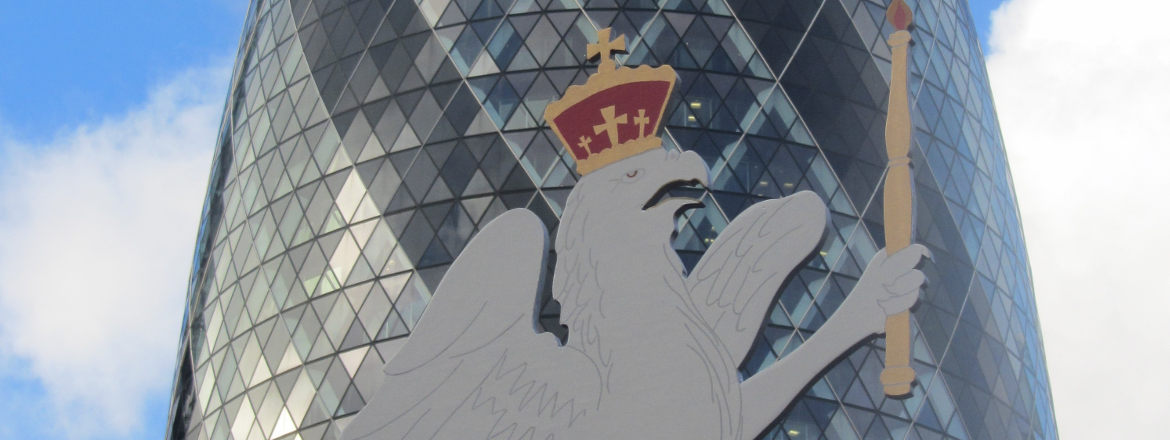Like so much else, it turned up when I was looking for something quite different. An undistinguished looking medal in a red pouch, with Prince Albert looking portentous on one side and the word “exhibitor” on the other and “J Chapman, India” round the rim. My great, great, great grandfather’s exhibitor’s medal from the 1851 Great Exhibition.

A dispiriting number of my ancestors were called John Chapman, and for many years I had a great prejudice against them, and the Williams too. It’s all the fault of my late, unlamented uncle, who spent much of his final years researching family history. He was motivated, painstaking and lucky – the Johns, Williams and Thomases were mostly property owning yeomen in the same small area of the Midlands, starting with a thirteenth century William who had been MP for Derby. My uncle had no interest in the women they married or fathered, and wrote a short history of the Chapmans, illustrated with a family tree which featured men only. I was too young to complain, but took my revenge in ignoring the book and deciding the subjects must have been as dull as the author.
A partial mistake – in the nineteenth century there were two John Chapmans, second cousins, both ancestors of mine, who were far from boring. Both were political radicals, both appear to have been people of extraordinary energy and motivation; each has a DNB entry; they knew one another, but could hardly have been more different in temperament.
By this time the family had become Baptists: a Georgian John Chapman had been converted and baptised in the River Quorn, thus making himself and his family into outsiders. So they sold up and moved to Loughborough, where one of them became a successful clock maker and political activist.
The next John, with his brothers, started a bobbin making business. They also became involved in radical politics at the time of the controversial campaign for the 1832 Reform Act. John was a popular pro-Reform speaker – one especially impassioned meeting became a march and then a riot, with much of the audience setting off to burn down the local rectory: the incumbent was a passionate opponent of reform. It is not clear what happened next, but eye witnesses agreed that John Chapman placed himself outside the rectory, telling the would-be arsonists they would have to burn him as well. Evidently the night ended peacefully.
At around this time the Chapman brothers’ business failed, and John was left with little but his books. So he left his wife, Mary Wallis, a fellow Baptist and campaigner, and their children with her parents in Loughborough and walked to London to find work. At first he made mathematical instruments for a City firm, going on to make contacts and get work in journalistic and scientific circles. Somewhere along the line he became interested in the possibilities of taking railway schemes to other countries and, by the mid 1840s, had become a passionate advocate of a railway for western India. He came up with a suggested route and lobbied likely investors; this was to become the Great India Peninsular Railway..

John Chapman was an unlikely railway promoter, and was certainly not a surveyor by trade. But by whatever set of processes, in 1845 he found himself on a ship to India, tasked with meeting with local promoters and surveying the route. Before the days of either steam ships or the Suez canal, this was a long and hazardous enterprise. Throughout the year-long trip he wrote regular letters to his beloved Mary; throughout the outward journey, trip across India by bullock cart, need for careful meetings and reports and equally time consuming and testing return journey, he kept his energy and resolve.
Back in London, it was clear the scheme would go ahead. But by now there were rich investors to negotiate with. And tact and deference were beyond John Chapman. He fell out, badly, with some of the more influential directors and was dismissed. They kept his scheme – just did not want to pay him for it. So the next years saw a ferocious battle for compensation; John finally came away with a payment of £2,500 (worth perhaps a quarter of a million pounds in today’s terms). And he went on to espouse other causes, often writing for “The Westminster Review”, owned by his second cousin, yet another John Chapman, an equally dynamic, but very different character.

It would be interesting to know more of the nature of John’s involvement in the Great Exhibition, which was after he had parted company with the GIPR. Could he have been there as an individual? If not, whose stand was he on? It is easy to imagine him talking passionately to whoever passed by. John Chapman packed a great deal into a relatively short life: ironically, having survived all the dangers of his travels, he was to die very suddenly of cholera in 1854. Well and cheerful in the morning, his wife found him dying at his desk in the afternoon, having had time to write half of one final book review.
